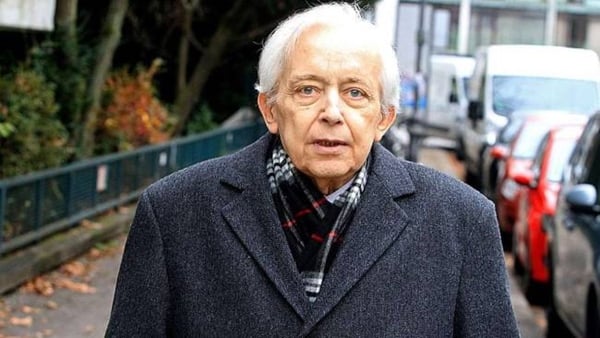Law & Politics
Gurlitt Gives German Task Force One Year to Research Provenance of Suspected Nazi Loot
After initially claiming ownership of all seized works, Gurlitt will cooperate.

After initially claiming ownership of all seized works, Gurlitt will cooperate.

Sarah Cascone

It appears the German government and Cornelius Gurlitt are one step closer to resolving the fate of the latter’s infamous art collection. A dedicated task force will continue to research the provenance of the artworks, allowing potential claimants to seek restitution for works stolen by Nazis. Artwork that was obtained legally will be immediately returned to Gurlitt and removed from lostart.de.
When Germany confiscated 1,280 artworks from Gurlitt’s Munich apartment in February of 2012, it quickly became clear that a number of the works had been sold by Jewish owners under duress, confiscated by Nazis as so-called “degenerate” art, or simply looted. The entirety of the collection, including two additional caches found earlier this year in Austria, has remained in government custody ever since.
The trove of priceless artworks includes a long-lost Monet, a Max Liebermann landscape, and a Matisse with two potential claimants.
Citing a 30-year statute of limitations, Gurlitt initially maintained that he was the rightful owner of his entire collection, and that he would not honor any restitution claims. However, as artnet News reported last month, Gurlitt later promised to return at least one painting that his lawyer described in a statement as ” justifiably suspected of being looted art.”
Terms of the Agreement
Under the terms of the new agreement, Gurlitt will voluntarily follow the Washington Principles, international guidelines drawn up at a 1998 conference to help resolve issues related to artwork confiscated by Nazis. A task force funded by the government will have a year to investigate any works with questionable provenance. Any artworks with possible restitution claims will remain in fiduciary custody. After a year, all other work will be returned to Gurlitt, who will ensure continued access if additional research is required.
A statement detailing the terms of the agreement between Gurlitt, the state of Bavaria, and the German federal government makes it clear that “the agreement makes no provisions regarding the current criminal proceedings.”
German minister of state for culture and media Monika Grütters praised the terms of the agreement for sending “a clear signal within Germany and beyond that we will not allow Nazi injustice to stand, even 70 years after World War II.”
“I always felt it was important to speak with Mr. Gurlitt and find a mutually acceptable solution for what to do about the artworks,” added Bavarian minister of justice Winfried Bausback in a statement. “He accepts his moral responsibility, and I respect that.”
This would appear to be a largely satisfactory result for the reclusive Gurlitt, who supposedly kept his favorite pieces in a suitcase to look at every night before bed. “What do these people want from me? I’m just a very quiet person. All I wanted to do was live with my pictures,” he asked Spiegel Online International in a rare interview in November.